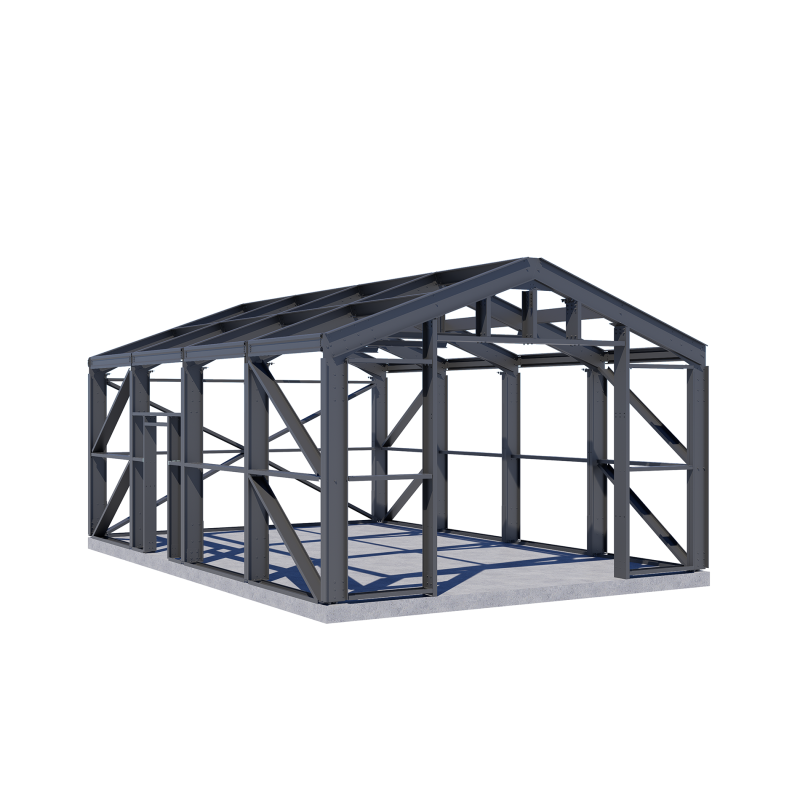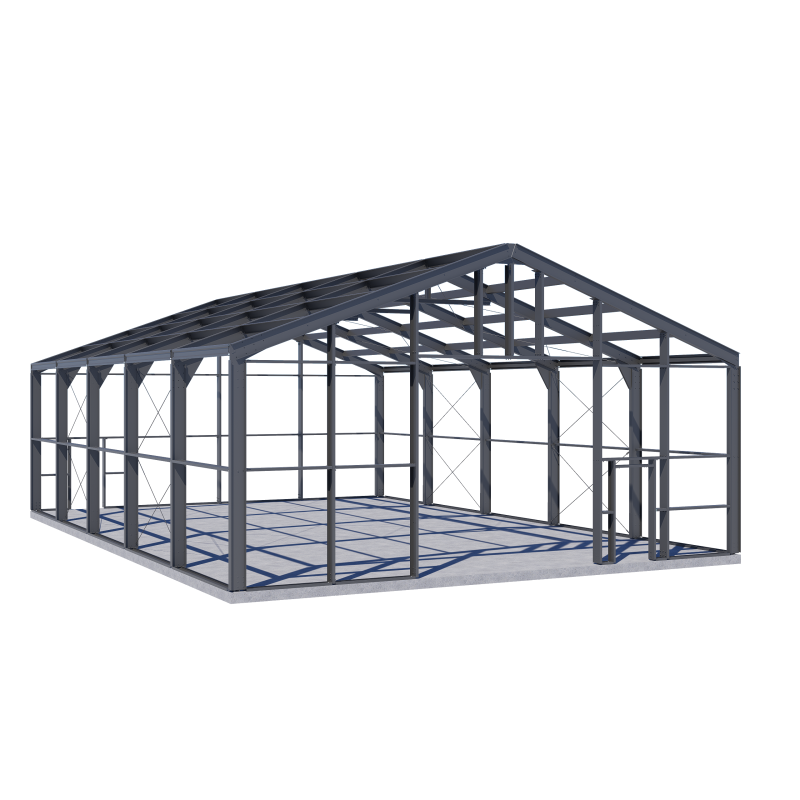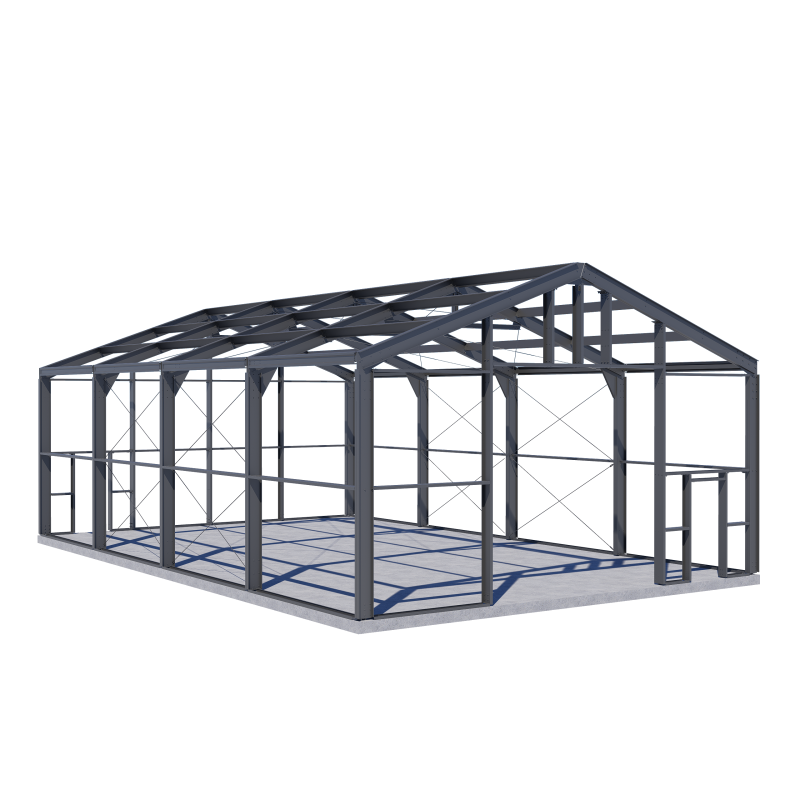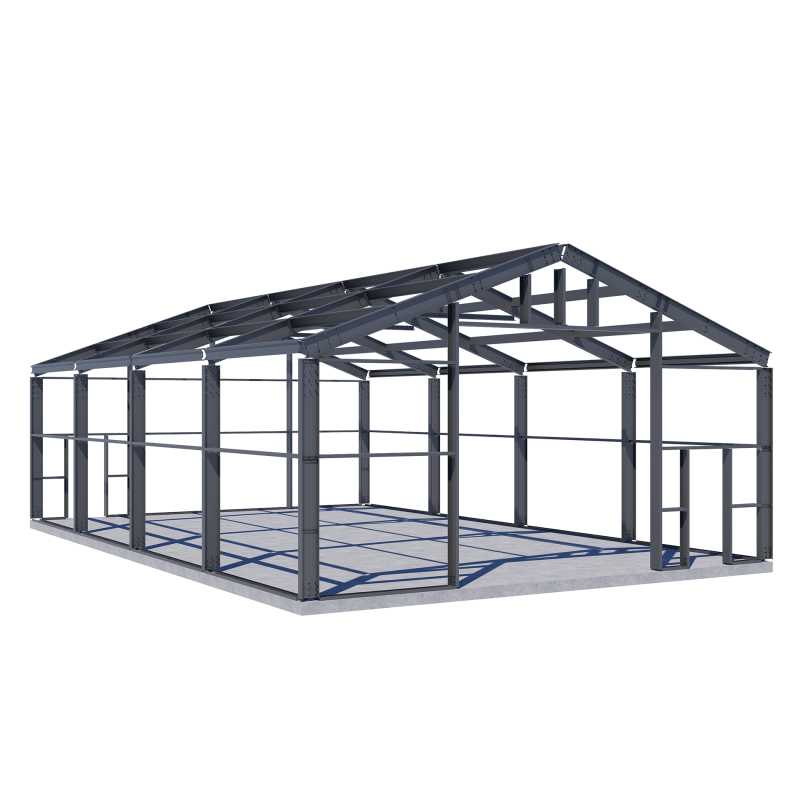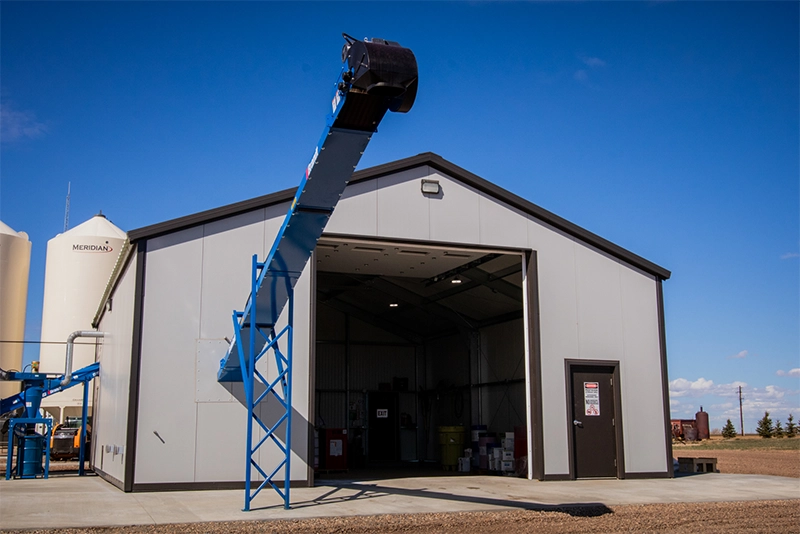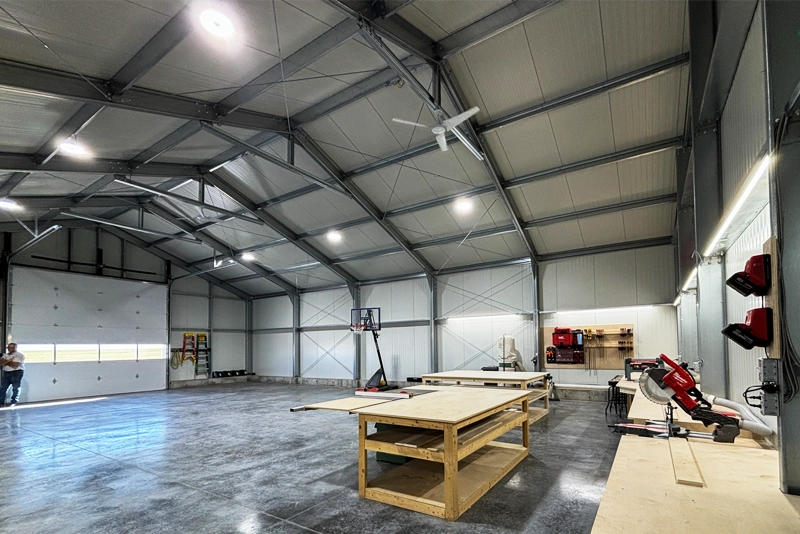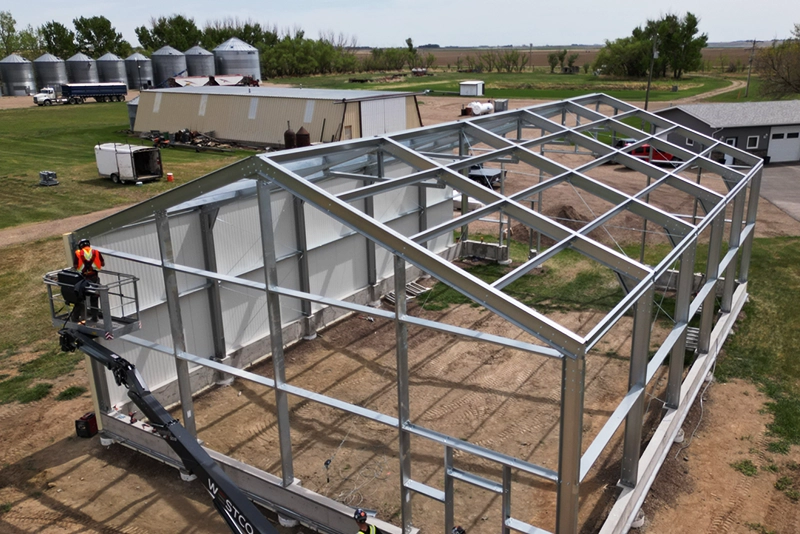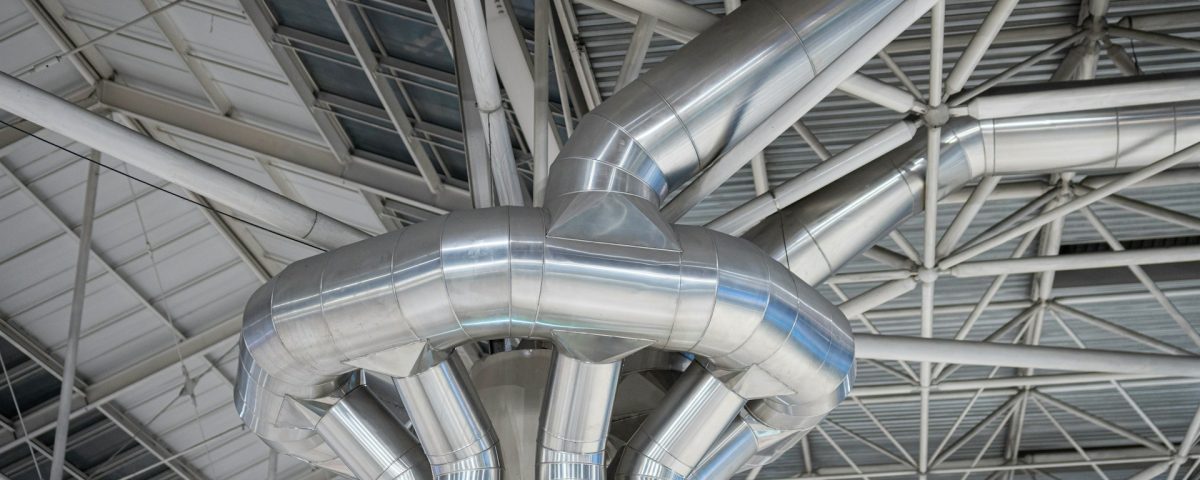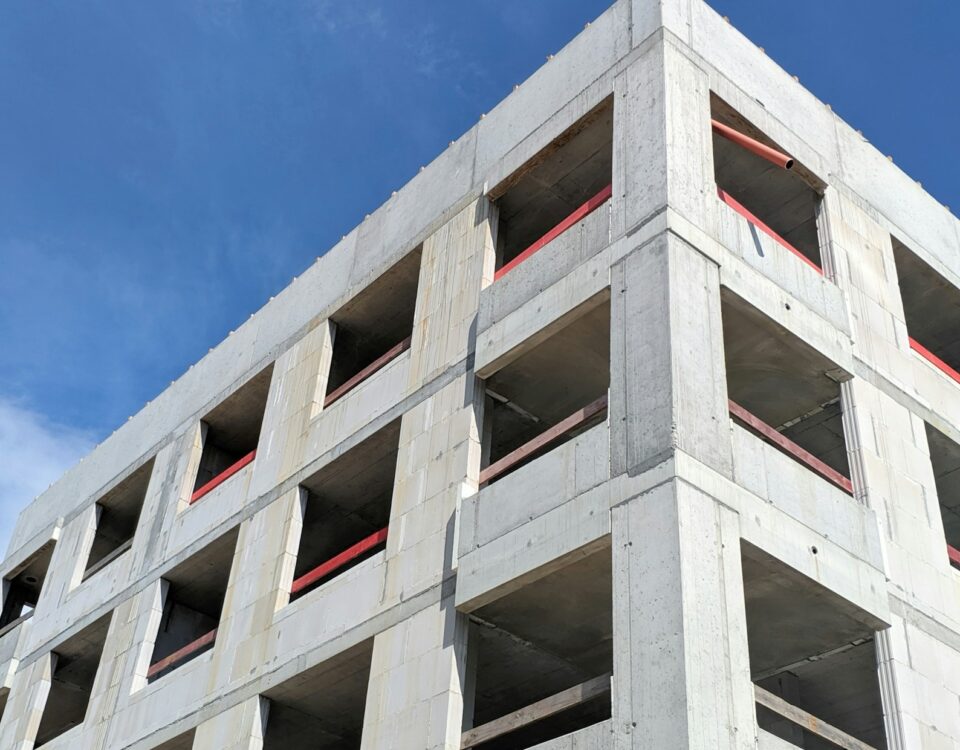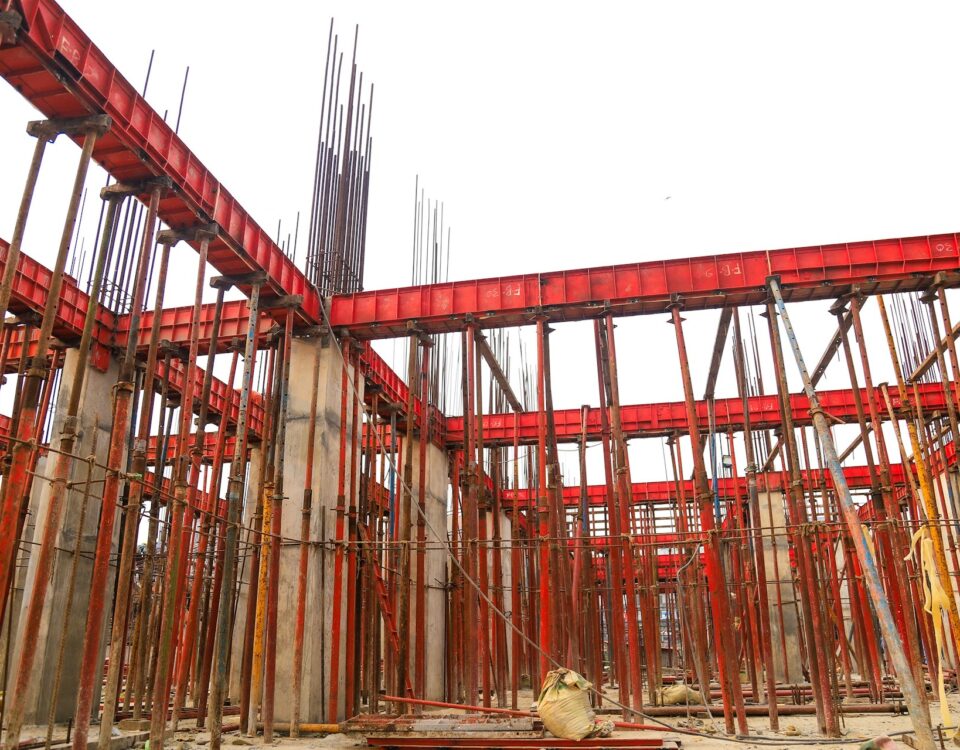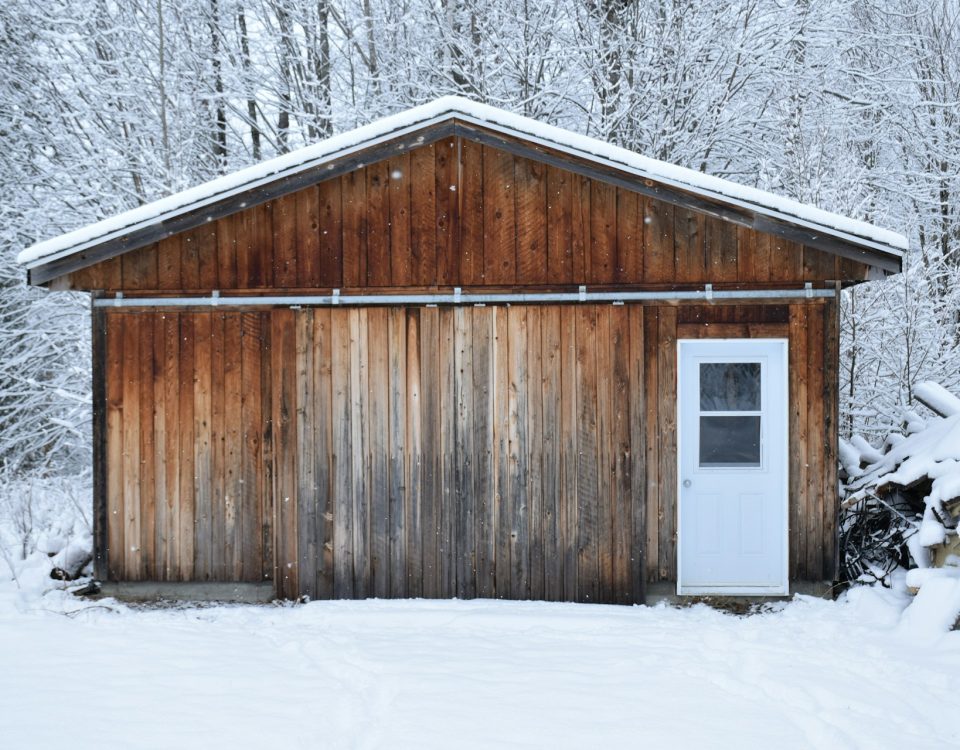When you think about saving energy in your home or office, what comes to mind first? Many might consider upgrading to energy-efficient appliances or switching to LED lighting. However, one of the most powerful ways to conserve energy and reduce utility bills is through insulated structures. Insulated structures act like a thermal blanket around your building, significantly reducing the amount of energy needed for heating and cooling by maintaining a stable indoor temperature.
Insulated structures play a key role in making buildings energy efficient by reducing the heat exchange between the inside and outside environments. During Canada’s cold winters, these structures help keep the warmth in, while in the hot summer months, they prevent the heat from seeping indoors. As a result, your heating and cooling systems don’t have to work as hard, which not only saves energy but also extends the life of your HVAC system.
How Insulated Structures Contribute to Energy Efficiency
The concept of insulation is fairly straightforward. By creating a barrier that slows down the transfer of heat, insulation makes it easier to keep a building warm in the winter and cool in the summer. Insulation material, like fibreglass, foam, or reflective barriers, is often installed in walls, ceilings, and floors to help achieve this goal. The thicker and denser the insulation, the better it is at reducing energy loss.
One of the most interesting features of insulation is its thermal resistance, often known as the R-value. The higher the R-value, the greater its insulating effectiveness. The R-value is essential because it measures the material’s resistance to conductive heat flow. Keeping the right R-value for your region is key to maximizing efficiency. For instance, someone in a colder region of Canada might need an insulation with a higher R-value compared to someone living in a milder climate.
Here are some ways insulated structures contribute to energy efficiency:
– Improved Comfort: Insulated homes and buildings maintain a more consistent and comfortable indoor temperature, no matter the time of year.
– Energy Savings: By reducing the need for heating and cooling, insulation can help significantly cut down on energy usage and costs.
– Environmental Impact: Using less energy means a smaller carbon footprint, making insulated structures an eco-friendly choice.
– Noise Reduction: Besides energy savings, insulation also works wonderfully to reduce noise, providing a quieter indoor environment.
So, whether you’re hoping to keep your home warm during a Canadian winter or cool during a heatwave, insulated structures are a simple yet effective solution. Not only do they offer comfort and savings, but they’re also a step towards a greener lifestyle.
Types of Insulated Structures
In Canada, various types of buildings can benefit greatly from being insulated. Here’s a look at some common structures and how insulation serves each:
– Homes: Residential buildings, from single-family houses to multi-story apartments, benefit from insulation that keeps the indoor environment comfortable year-round. Common insulation materials include fibreglass and foam boards, which are effective in walls, attics, and basements.
– Commercial Buildings: For office spaces, shops, and malls, insulation helps create a pleasant atmosphere for both employees and customers. This reduces the need for heating and air conditioning, leading to lower energy bills.
– Warehouses: These large spaces often require specific insulating solutions to maintain predetermined temperatures, crucial for preserving inventory and materials.
Each structure type has unique features that make them ideal for energy saving. Homes, for example, use insulation to minimize energy use and maintain comfort, while commercial and warehouse spaces have broader needs, requiring specialized insulating strategies.
Benefits of Using Insulated Structures in Canada
The Canadian climate presents some distinct challenges, making the advantages of insulated structures particularly significant. Here’s why they’re so beneficial:
1. Climate Adaptability: With temperatures that swing from frigid winters to warm summers, Canada’s varied climate necessitates structures that can regulate indoor climates effectively.
2. Reduced Energy Use: By cutting down on the loss of heat in winter and the entry of heat in summer, insulated buildings decrease the energy needed for heating and cooling systems.
3. Cost Efficiency: Lower energy consumption translates into smaller utility bills, a win-win for homeowners and businesses alike.
4. Environmental Gains: Decreasing energy usage lowers carbon emissions, making insulated buildings a greener option.
Natural features like spacious basements or attics can be leveraged to improve insulation’s effectiveness, with the right materials ensuring efficiency. Homes and business buildings across Canada witness these benefits firsthand, realizing both financial savings and enhanced environmental responsibility.
Choosing the Right Insulated Structure for Your Needs
When deciding on the type of insulated structure that’s best suited for your needs, several factors should guide your choice:
– The specific climate of your region
– The structure’s purpose and how often it is occupied
– Budget for initial installation and future energy expenses
– Professional advice to tailor insulation solutions to your needs
It’s wise to consult experts who understand the ins and outs of insulation, ensuring that the choices you make will offer the best return on your investment. Whether you’re renovating or building new, proper insulation can make all the difference.
Making the Most of Your Insulated Structure
Once your building is well-insulated, there are several steps to ensure it continues to function efficiently:
– Regular Inspection: Check insulation at least once a year for any signs of wear or damage.
– Seal Leaks: Look around windows, doors, and other openings where air might escape or enter.
– Upgrade When Needed: Insulation technology continues to evolve, offering even better performance over time. Upgrading can provide additional benefits.
Keep your insulation in tip-top shape to maintain comfort and energy savings. This upkeep helps ensure the insulation continues to perform well year after year.
Ensure Comfort and Savings with Insulated Structures
Insulated structures make an enormous difference in providing comfort while reducing energy costs. By maintaining a consistent indoor environment, you not only make day-to-day living more enjoyable but also contribute to long-term energy conservation.
Exploring these efficient ways of keeping buildings comfortable allows you to be part of a sustainable future. Encouraging such solutions means we’re considering not just our current living conditions, but also the environmental legacy we leave behind.
Experience the benefits of insulated structures tailored for the Canadian climate. By maintaining consistent indoor temperatures, these structures enhance comfort and reduce energy bills. Trust Dutech Structures to provide solutions that not only make your space more livable but also contribute to environmental sustainability as well. Explore our offerings to find the right fit for your needs.
